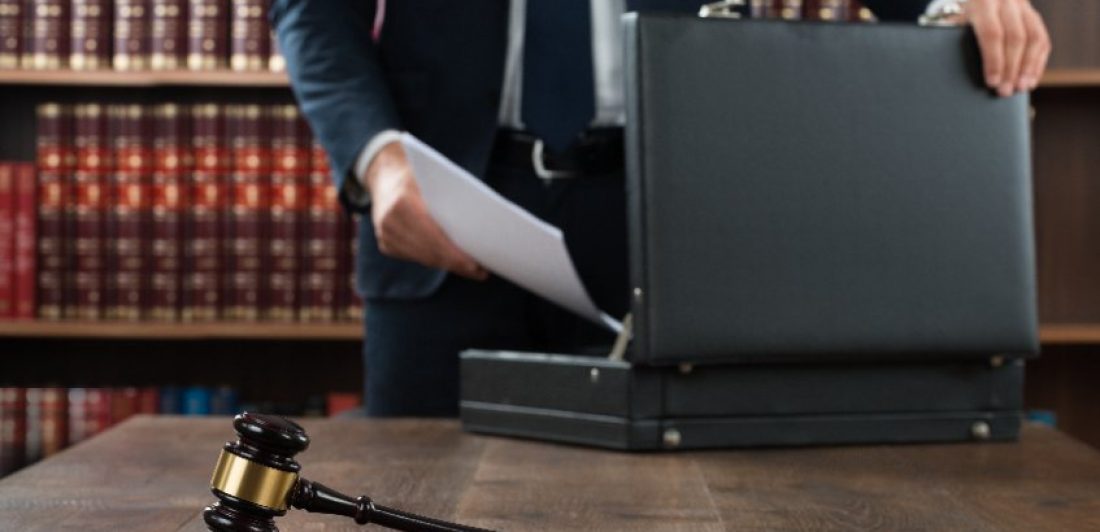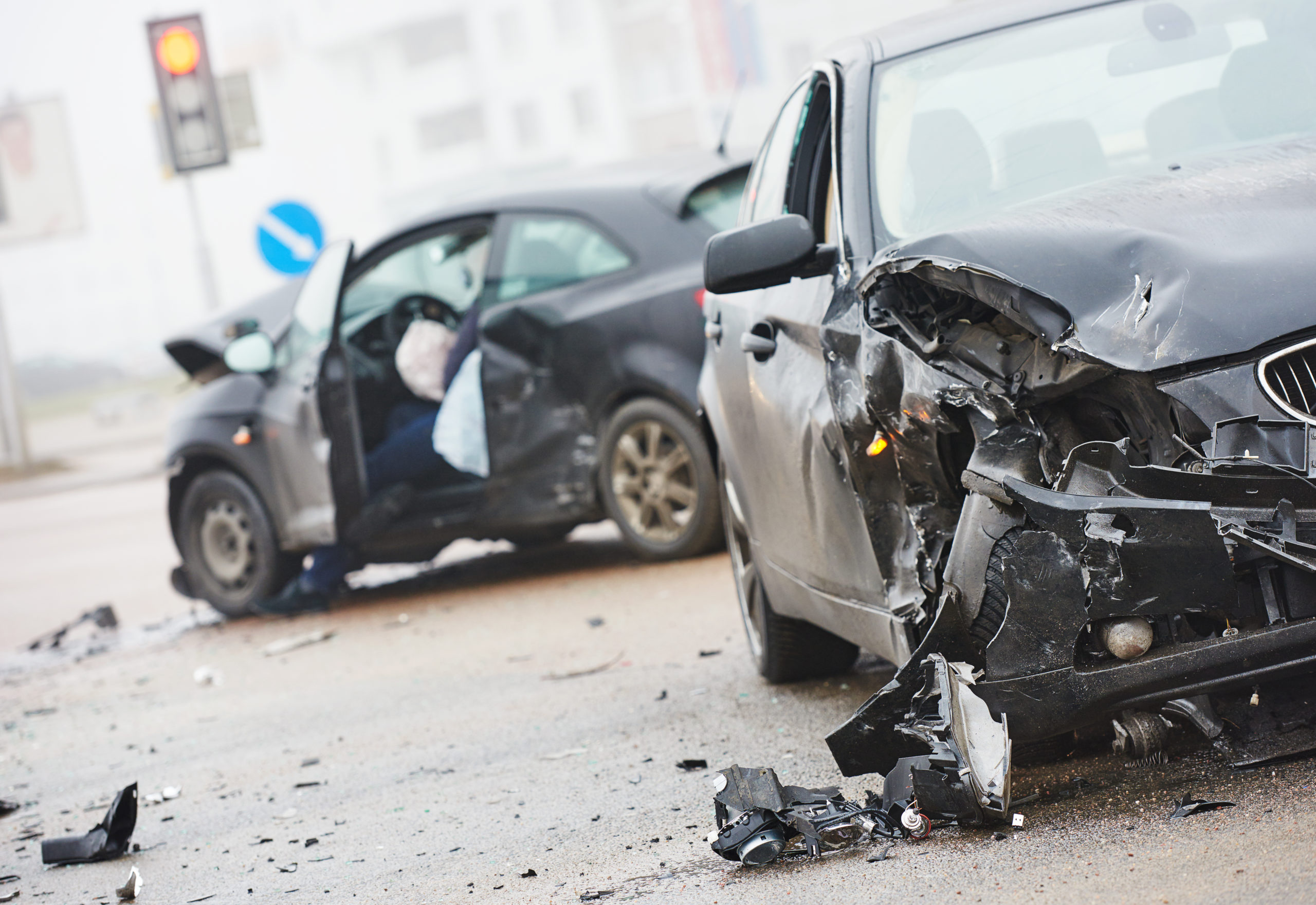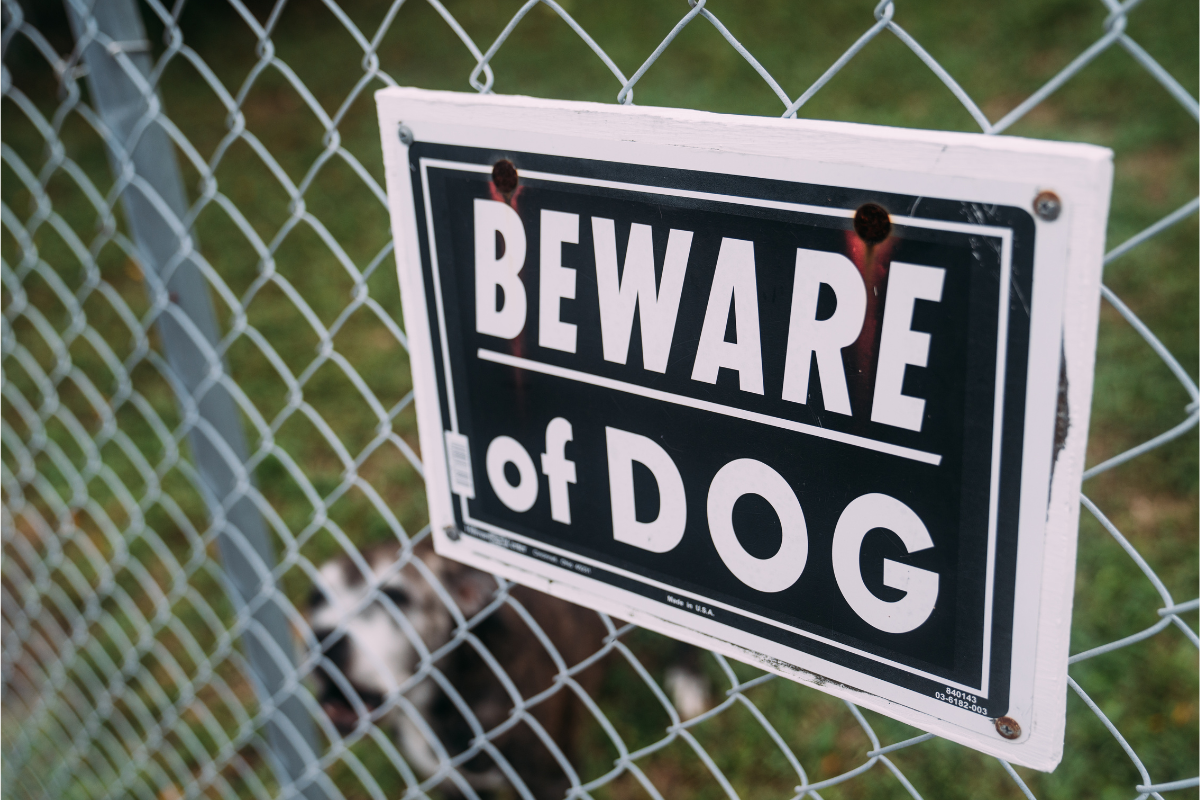A common misconception about personal injury cases is that most of them are resolved in a courtroom at a trial. For many people, hearing that their personal injury claim will most likely be settled through negotiation is a surprise. According to The Law Dictionary, about 95% of personal injury claims are settled without the need for a trial.
However, for the five percent that do go to court over a personal injury lawsuit, it’s important to know what to expect in a personal injury trial.
What’s the difference between a settlement and a trial?
A settlement happens when the defendant, or the party being accused, offers a sum of money that is accepted by the plaintiff, the injured party. Settlements are by far the most common way that personal injury claims are resolved, as they are usually the most efficient and cost effective way to resolve the conflict. In fact, many claims are settled before a lawsuit is ever filed.
If the injured person and the party responsible for their injuries can’t reach an agreement, they may go to trial in a courtroom with a judge and jury. Although going to trial for a personal injury case is rare, it's important to have an experienced attorney on your side.
Why do personal injury cases go to trial?
There are several reasons that a personal injury case may go to trial.
- The parties disagree over the liability (who is at fault)
- The defendant disputes that injuries happened
- The defendant disputes the severity of the injuries
- The defendant disputes the value of the injuries
- The defendant doesn’t want to set a precedent for settling the type of case at hand
What should I expect in a personal injury trial?
Generally, there are several stages to a personal injury trial:
- Pre-Trial Motions
- Jury Selection
- Opening Statements
- Witness Testimony and Cross-Examination
- Post Testimony Motions
- Closing Arguments
- Jury Instruction
- Jury Deliberation
- Verdict
- Post Verdict Motions
Pre-Trial Motions
In the first step of a trial, the attorneys for the parties will address pre-trial matters with the court. This can include the presentation of witnesses, admissibility of evidence, applicability of case law or statutes to the case, and other housekeeping matters that may impact the flow of the trial. These motions and the court findings on them can often significantly impact how a trial will proceed and what material can be presented to the jury.
Jury Selection
While some cases are only tried before a judge, many of them are decided by a jury. Jury selection is one of the most important steps in a trial. Each side will strive to find the best jurors while excusing jurors they believe will be unfairly biased toward them. While there are many variations between the judges and courts, typically the attorneys for the plaintiff and the defendant will ask questions to the potential jurors. The judge and attorneys then have the opportunity to dismiss potential jurors based on the answers they give through “challenges.”
There are two types of challenges: “peremptory” and “for cause.” In general, a peremptory challenge allows a juror to be dismissed without the need for a detailed explanation. A for cause challenge only allows jurors to be excluded if they are incapable of being objective. It also requires the party seeking the dismissal to provide a specific rationale and basis for the challenge.
Opening Statements
The next step in a personal injury trial is giving the opening statements. The attorneys may not call any witnesses to the stand or present any evidence in the opening statements. Rather, they must only tell the jurors the facts of the case without making an argument.
Since the plaintiff has to prove the defendant is responsible for their injuries, they give the first opening statement. Essentially, the plaintiff’s attorney will present the facts of the accident or injury and explain how the defendant played a role in causing the damages. The plaintiff’s opening statement should walk the jury through what the plaintiff wants to prove to get a judgment against the defendant.
The defendant’s opening statement typically addresses three things. First, it gives the defense’s interpretation of the facts. Second, it prepares to disprove the plaintiff’s key evidence. Third, it presents affirmative defenses to the plaintiff’s allegations.
Each party will give their own opening statement, even if there are three or more separate parties. For example, if one plaintiff brings a lawsuit to two or more defendants, each defendant makes their own opening statement. The same principle applies if there are multiple plaintiffs.
Witness Testimony and Cross-Examination
This stage of a personal injury trial is known as the “case-in-chief.” Simply put, each side will present its key evidence to the jury. The plaintiff will very carefully present evidence to convince the judge and jury that the defendant is liable for the plaintiff’s damages. Similarly, the defendant will present their own evidence to prove that they are not liable for the plaintiff’s injuries.
A large part of this process includes calling witnesses and experts to the stand to strengthen the case. The attorneys will also present physical evidence such as pictures, medical reports, and other documents. For the plaintiff, the use of expert testimony and physical evidence is crucial to proving the defendant’s responsibility for their injuries.
What is the witness testimony process?
- First, the witness is called to the stand and “sworn in.” They take an oath to tell the whole truth.
- Next, the party that called them to the stand asks them questions. This is known as “direct” examination. These questions should strengthen the party’s position in the case.
- After direct examination, the opposing party has the chance to “cross-examine” the witness. They’ll most likely try to discredit the witness by attacking their credibility and making their story sound untrue or unlikely.
- After cross-examination, the party who called the witness to the stand has the opportunity to question the witness again through a “re-direct” examination. During the re-direct examination, the attorney will ask questions to try to lessen any damaging effects of the cross-examination.
Once the plaintiff and defendant have had the chance to give their case-in-chief and “rest,” the plaintiff may be allowed to respond to defense evidence through a process called “rebuttal.” During this time, the plaintiff can only contradict evidence presented by the defense. Sometimes, the defendant will have the chance to respond to the plaintiff’s rebuttal.
After both sides have presented their cases and challenged evidence presented by the other, they rest. When the plaintiff and defendant have rested, they can no longer present evidence until they make their closing arguments.
Post Testimony Motions
Once the parties have concluded their presentation of witnesses and evidence, the court may entertain certain types of motions. At this point either party may move to strike certain testimony, strike or limit pleadings based on the evidence, or in some cases, seek to have the court dismiss the case or otherwise render a verdict on the applicable law.
Closing Arguments
The closing argument is the chance for the plaintiff and defendant to “sum up” their cases. They each use their closing arguments to recap the evidence in a way that is favorable to their side. It’s also the last chance they’ll have to speak to the jury before it goes into deliberation, so what they say should leave a lasting impression.
The plaintiff will explain why the evidence compels the jury to find the defendant legally responsible for the plaintiff’s damages. On the other hand, the defendant will try to convince the jury that the plaintiff has not established the defendant’s liability for the plaintiff’s damages.
Jury Instruction
During jury instruction, the judge will give the jury the set of legal standards it needs to decide whether the defendant should be liable for the plaintiff’s injuries. While the judge will be the one to decide what legal standards apply based on the claims and evidence presented during the trial, the attorneys for the plaintiff and the defendant often have input.
The judge will also instruct the jury on relevant legal principles, including what findings the jury must make to come to certain conclusions. In addition, the judge will define key concepts, specific injury claims or “torts,” and the different types of damages. Once the jury fully understands all of this important information, the judge leaves, and the case goes “to the jury.”
Jury Deliberation and Verdict
As a group, the jurors will consider the case and attempt to agree on whether the defendant is legally responsible for the plaintiff’s injuries and if so, how the plaintiff should be compensated for them. During this time the jury will review the evidence, witness testimony, and instructions given to them by the court. They will then answer a series of questions as to what party is responsible, what percentage of responsibility they have, and what fair compensation for the injuries is. Jury deliberation is a complex process that can take anywhere from a few hours to several weeks.
To reach a verdict, Texas normally requires that nine out of the twelve jurors agree. However, some cases require the decision to be unanimous. After the jury reaches a decision, the jury foreperson will tell the judge, who will announce it to the open court. In the case that the jury is unable to reach a majority or unanimous decision, the judge may declare a mistrial and either dismiss the case or start over from the very beginning of the process.
Post Verdict Motions
Following the reading of the verdict and entering into the court record, the parties have a final opportunity to make motions to the court. Sometimes these motions are made at the time the verdict is rendered. Others will be due within a set number of days following the judge rendering a final judgment on the case.
The Carlson Law Firm Can Help
If you want to file a personal injury claim, it’s best to hire a personal injury attorney to make sure you get what you’re owed. Although most personal injury cases don’t go to trial, you should still have an attorney by your side so you’re covered if your claim moves to the courtroom.
Our caring and compassionate attorneys have the knowledge and experience to help you with any part of your claim, from negotiation to litigation. We care, and we can help.




